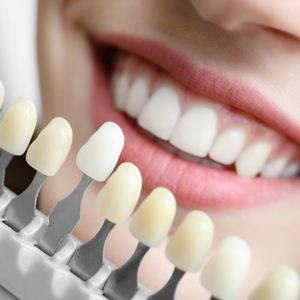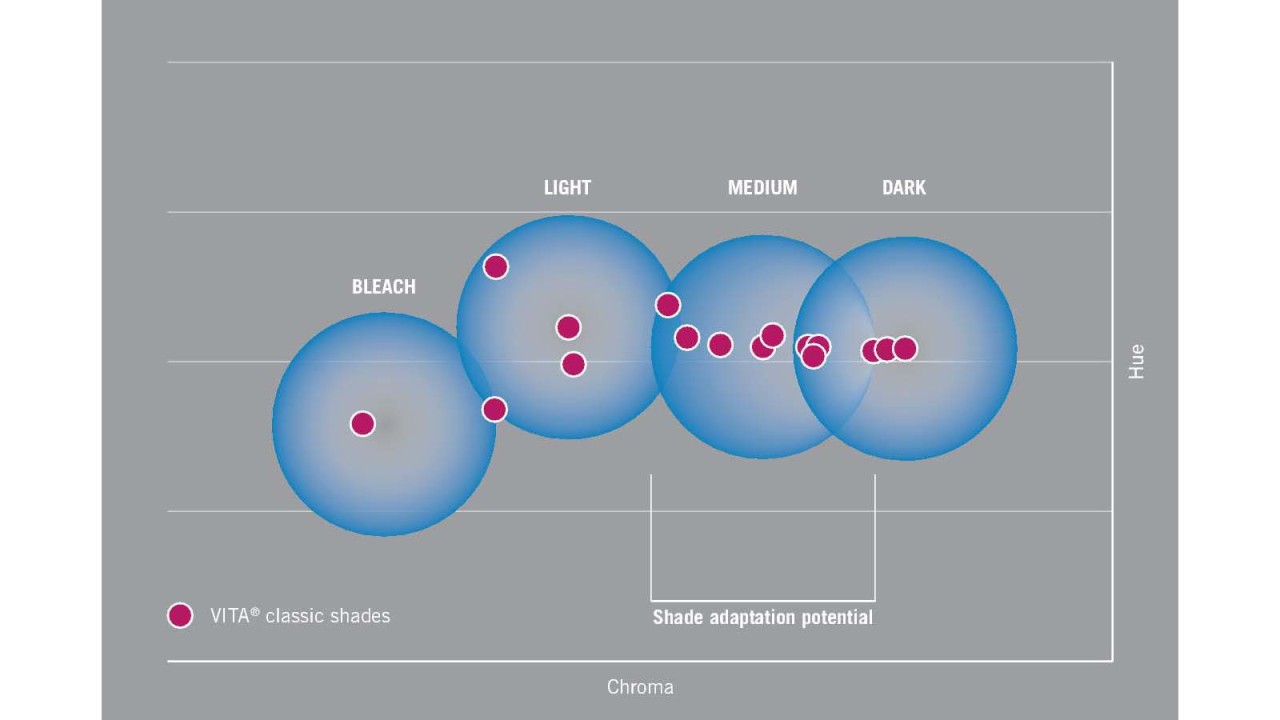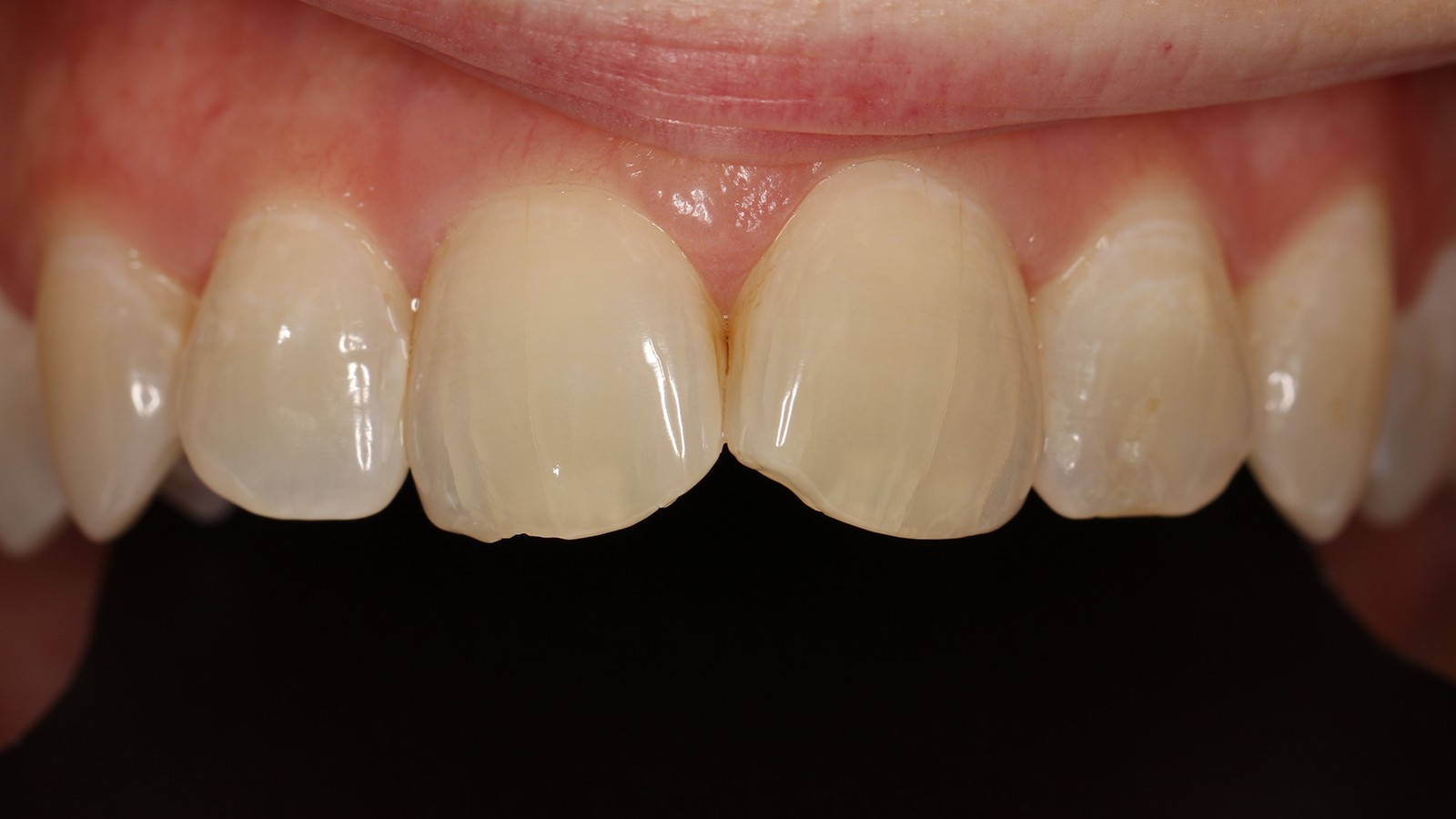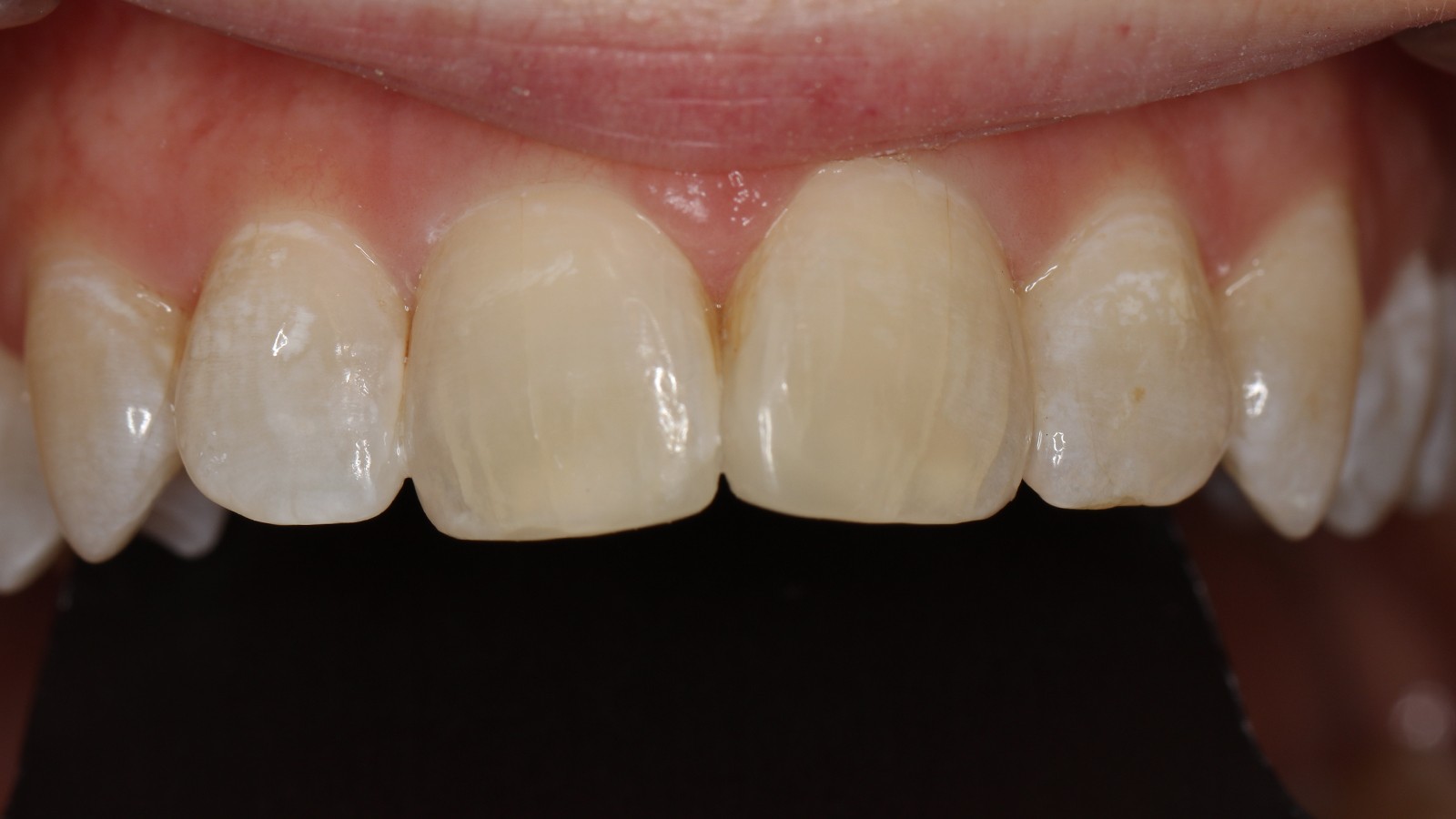Contact Kulzer International
Venus® Pearl Composite
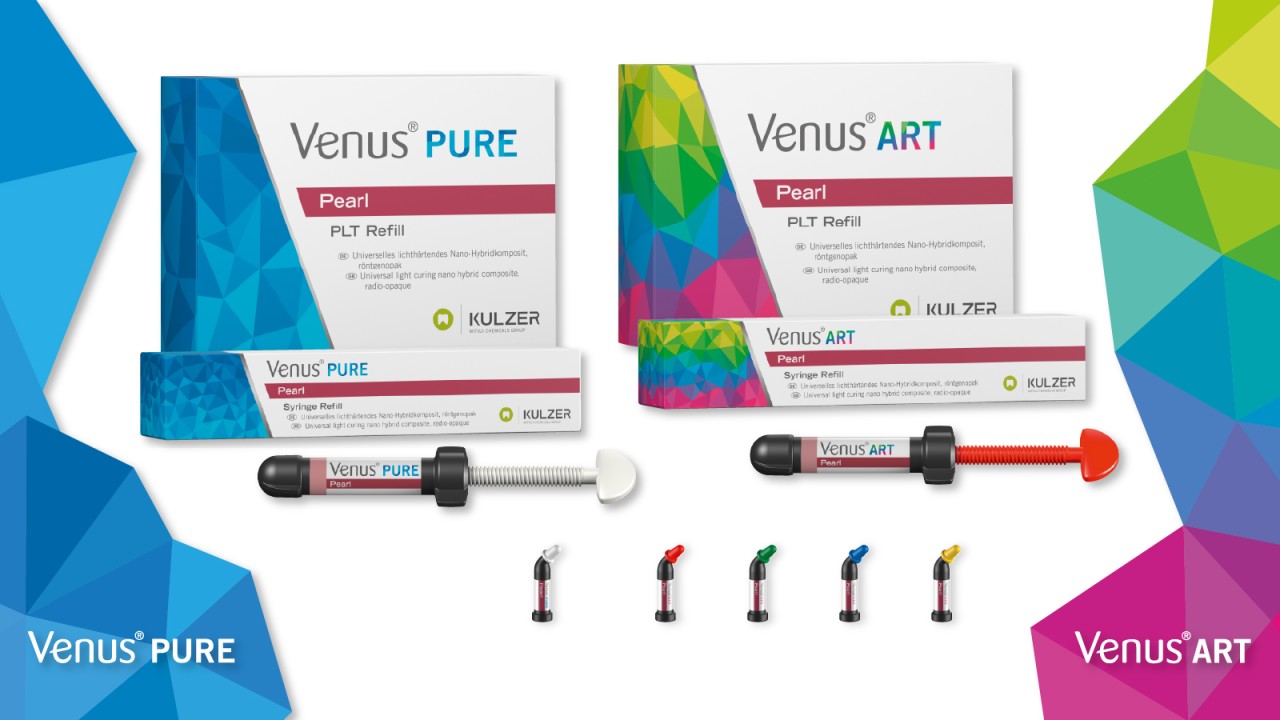
Beauty beyond aesthetics
Venus Pearl is a high-quality nanohybrid composite known for its creamier, low-stick consistency and easy handling.
Designed for both anterior and posterior restorations, it offers excellent sculptability, making it ideal for natural-looking, long-lasting restorations.
Discover the versatility of Venus Pearl and Venus Diamond, offering both the straightforward efficiency of Venus Pure and the high-end aesthetics of Venus Art to meet all your restorative needs.

Which Venus line best suits your needs?
Venus Pure ➤ The beauty of simplicity
Would you like to have a composite line of products that simplifies your everyday cases without compromising aesthetics?
Venus Pure delivers exactly that:
- With the Venus Pure Shades (LIGHT, MEDIUM, DARK, BLEACH) - in a packable as well as a flowable consistency - you have a 4-shade system that allows you to cover about 90% of anterior and posterior restorations.
- Venus Bulk Flow ONE allows posterior fillings of up to 4mm increments.
Looking for an efficient restorative workflow? Watch this video for a concise introduction to the Venus Pure family and how it can benefit your practice.
You choose it, you use it, you’ll love it.
VITA® is a registered trademark of VITA Zahnfabrik.
Venus Art ➤ The beauty of versatility
Would you like to have one comprehensive system of composites to create individual solutions for demanding patients with highly aesthetic needs?
Venus Art delivers exactly that:
- With Venus Pearl, Venus Diamond and Venus Diamond Flow you can choose from an extensive shade palette - including opaque dentin, universal, incisal, and bleach shades – provides unmatched flexibility and clarity.
- Venus Color enhances restorations with lifelike detail for a truly natural smile.
Venus Art empowers you to create individualised solutions that exceed expectations.
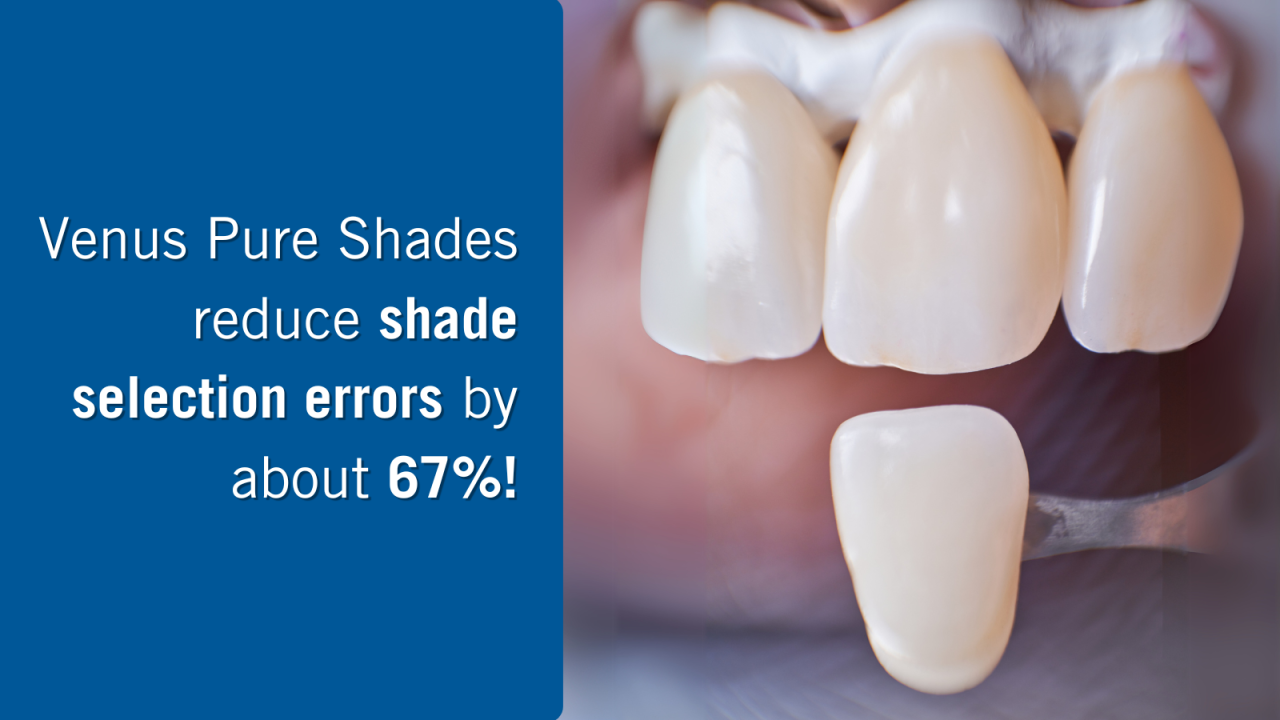
Reliable Outcomes Each Time:
Easily adapt your approach to meet each patient's unique needs. Choose a simplified workflow with Venus Pure or a comprehensive shade range with Venus Art for ultimate aesthetics.
A recent student study confirms that simplified layering with Venus Pure composites deliver beautiful, reliable results. Discover the study insights.
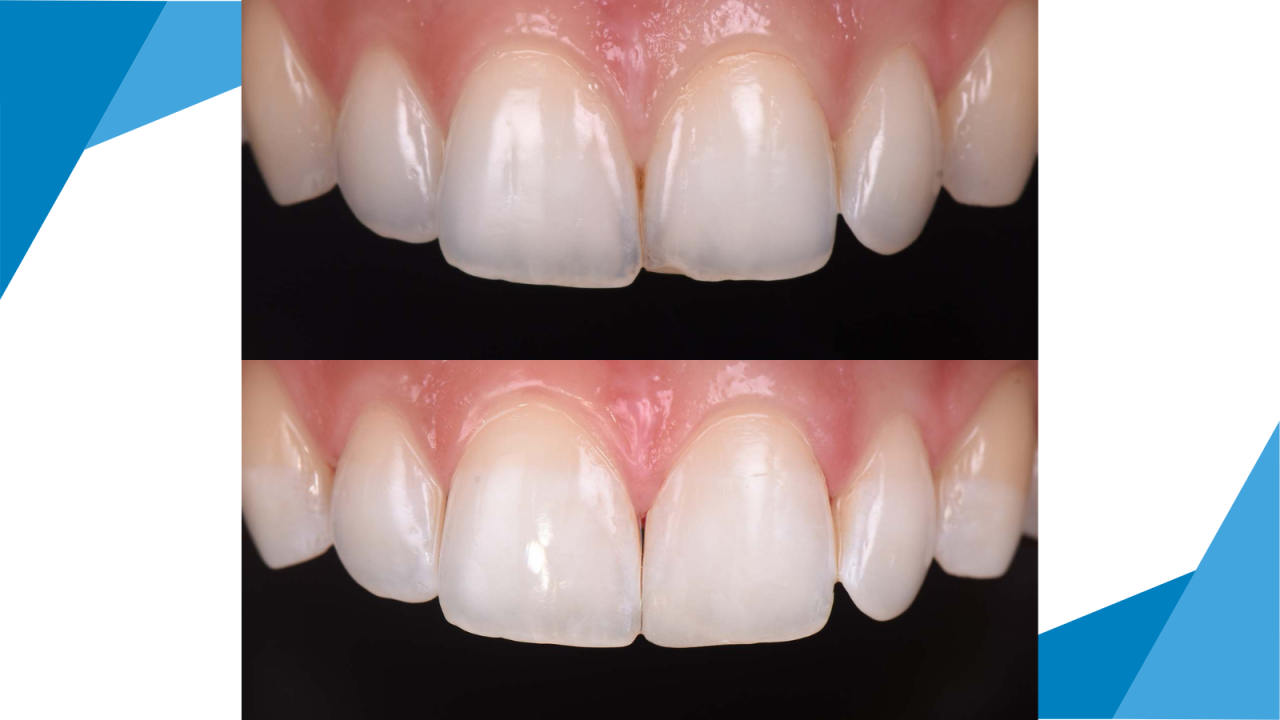
Confident Smile:
Restorations blend seamlessly into your patient's dentition and ensure a satisfying, natural-looking result - from everyday to high-end aesthetic demands.
Discover how Dr Laura Mokhtari transforms everyday dentistry into extraordinary results with Venus Pearl. Explore this case here.
Durable Restorations:
The nanohybrid formulation ensures long-lasting, wear-resistant restorations.
How? Our unique TCD matrix offers a combination of low shrinkage stress and high flexural strength.

Simplicity in monochromatic layering with Venus Pure
Versatility for aesthetically demanding cases with Venus Art
BE PART OF IT
Dive into a world full of clinical excellence, where dental practitioners share their Venus cases, workflows & daily tips – or share your Venus experience with us.

| VENUS PURE |
| “Don’t need a shade guide and patients love it.” |
| Dr Lucy Flanaghan, UK. |
| “Easy to handle, sculpt and polish.” |
| Dr Patrik Bargiel, Sweden. |
| “For easy, predictable results, even in anterior region.” |
| Dr Vincenzo Vitale, Italy. |
| “Venus Pearl Pure Shades are a fantastic product. They are very versatile, easy to use and simplify many aspects of the restoration process.” |
| Dr Riccardo Baratto, Italy. |
| VENUS ART |
| “With good polishing technique, this composite can look fantastic even after 4 years without any maintenance apart from great oral hygiene by the patient.” |
| Dr Mahmoud Ibrahim on Venus Pearl, UK. |
Curious to see how others bring Venus to life in their daily practice? Explore more authentic stories, practical tips and shared experiences.
Discover Venus & Friends
Success stories with Venus composites

Explore each step of the Direct Restoration workflow with Kulzer products and applications.
ISOLATION
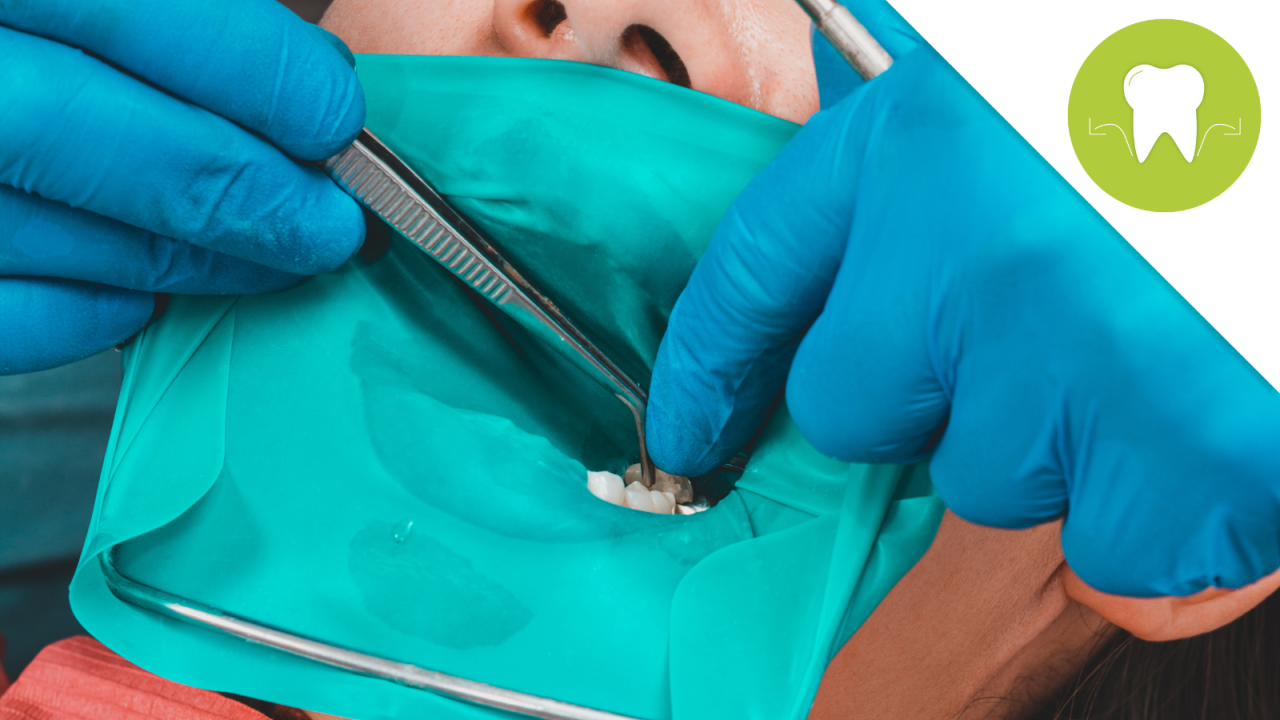
Perfect Tooth Isolation
Maintain a clean working area effortlessly.
➤Ivory Rubber Dams & Clamps
BONDING

All-purpose convenience.
The universal adhesive for any bonding technique and all indications.
For a confident bond.
Bonding with confidence in the Etch&Rinse technique.
Safe Etching
Etch enamel and condition dentine based on orthophosphoric acid.
FILLING

Flowability for details
Perfect control in hard-to-reach areas.
➤ Venus Diamond Flow
Efficient posterior cavity filling
Quick bulk-filling with natural shade matching.
➤ Venus Bulk Flow ONE
Flowability for details in the anterior & posterior
Achieve seamless restorations with a cremier consistency.
➤ Venus Pearl
Durable anterior & posterior restorations
Achieve seamless restorations with a firm consistency.
➤ Venus Diamond
Lifelike restorations
Mimic natural tooth characteristics for personalised results.
➤ Venus Color
POLISHING
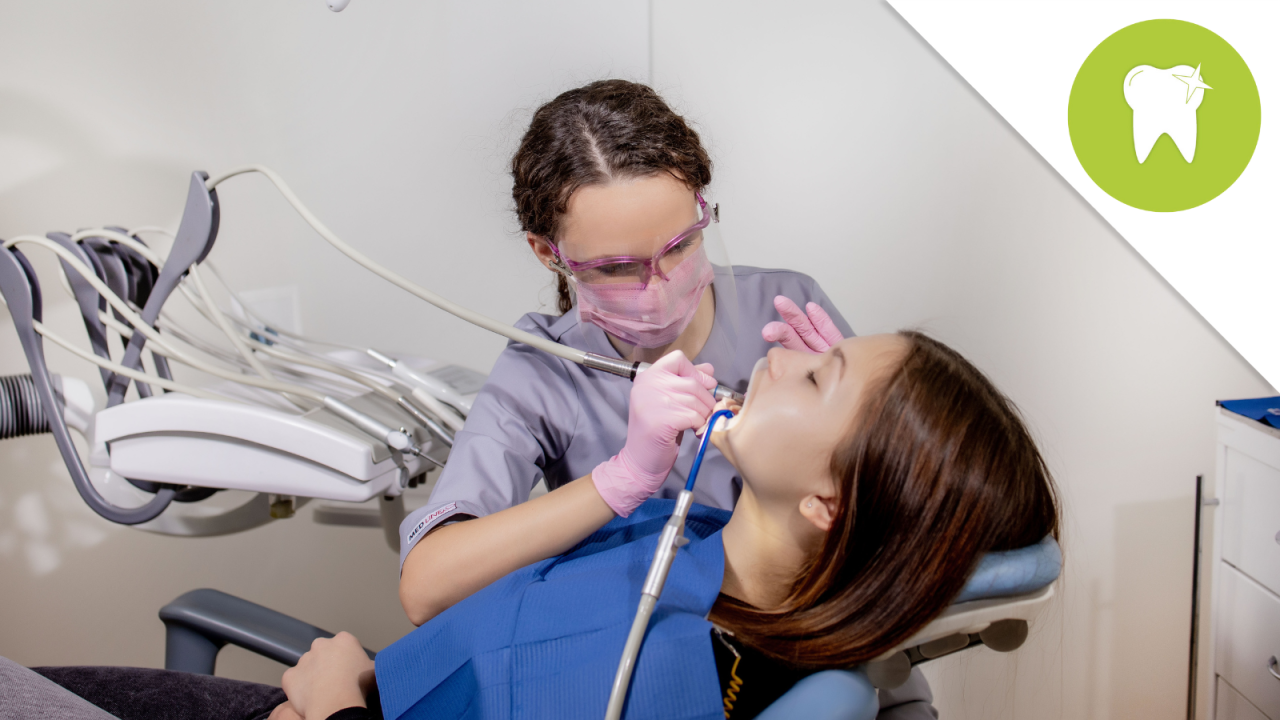
Effortless Polishing
Achieve a lasting high gloss in two easy steps.
➤ Venus Supra
Downloads
Contact


